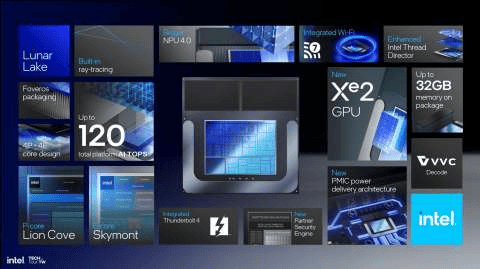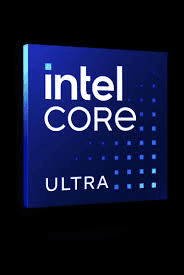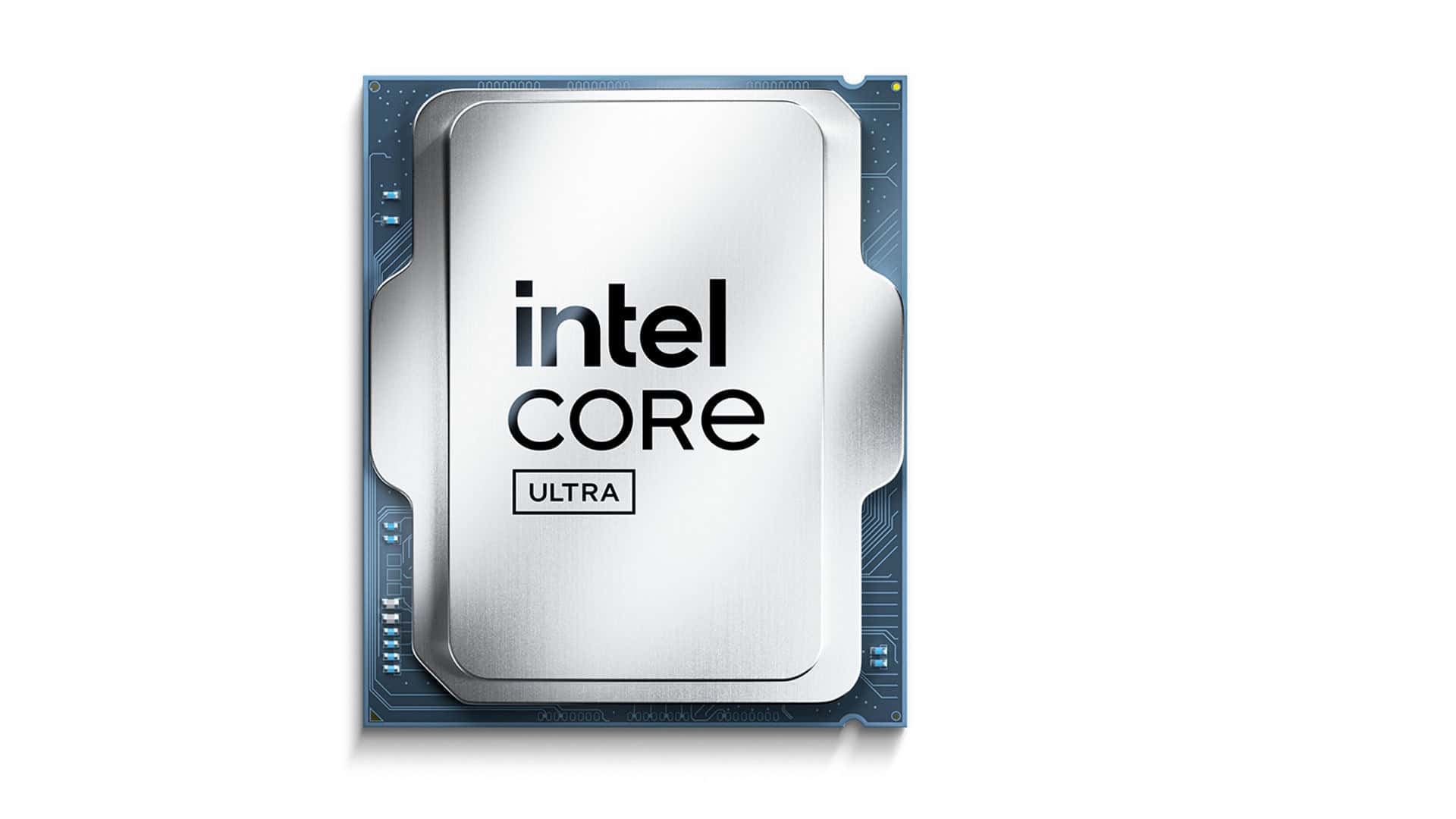Intel’s Skymont microarchitecture marks a big step forward for energy-efficient computing. This new design for E-cores (efficiency cores) in Intel’s CPUs brings major performance gains. Skymont E-cores are up to 38% faster than previous Crestmont E-cores in integer tasks and 68% faster in floating point work.
These improvements come without raising power use. In fact, Skymont can deliver nearly 3 times the performance of older E-cores while using only a third of the power. This boost in efficiency could lead to longer battery life in laptops and better performance in small devices.
Skymont is part of Intel’s plans for future CPUs. It will likely show up first in Lunar Lake chips, due out in late 2024 or early 2025. The gains from Skymont could help Intel compete better with ARM-based chips that have been winning in mobile devices lately.

Intel Skymont: The Unsung Heroes of Arrow Lake
You’ve heard about Intel’s upcoming Arrow Lake processors, but have you heard about Skymont? Skymont is the codename for the next generation of Efficient-cores (E-cores) that will power these new chips. While the Performance-cores (P-cores) grab the headlines, the E-cores play a crucial role in delivering a smooth and efficient computing experience. Let’s dive into what makes Skymont special.
The Power of Hybrid Architecture
Intel’s hybrid architecture combines P-cores and E-cores to optimize both performance and power consumption. The P-cores handle demanding tasks like gaming and video editing, while the E-cores take care of background processes, web browsing, and everyday applications. This division of labor allows your system to run smoothly and efficiently.

Skymont: Building on Gracemont
Skymont is the successor to Gracemont, the E-core architecture found in Alder Lake and Raptor Lake processors. While building on Gracemont’s foundation, Skymont brings significant enhancements:
- Wider Pipeline: Skymont can handle more instructions simultaneously, leading to faster execution of tasks.
- Improved Branch Prediction: It predicts the flow of instructions more accurately, reducing wasted cycles and improving performance.
- Larger Caches: Skymont has bigger caches to store frequently accessed data, speeding up processing and reducing latency.
Enhanced Capabilities
Skymont isn’t just about efficiency; it also boasts improved performance capabilities:
- Increased Vector Processing: Skymont handles vector and floating-point operations much more efficiently, making it adept at tasks like image and video processing.
- Enhanced Multitasking: With more E-cores and improved performance, multitasking becomes even smoother. Your system can effortlessly juggle multiple applications and background tasks.

The Benefits for You
Skymont’s enhancements translate to a better user experience in several ways:
- Improved Responsiveness: Everyday tasks feel snappier and more responsive.
- Longer Battery Life: Skymont’s power efficiency contributes to extended battery life in laptops.
- Smoother Multitasking: Run multiple applications simultaneously without slowdowns.
- Better Gaming Performance: Indirectly, Skymont allows the P-cores to focus on gaming, potentially boosting overall performance.
Skymont vs. Gracemont: Key Improvements
| Feature | Gracemont | Skymont |
|---|---|---|
| Pipeline Width | Narrower | Wider |
| Branch Prediction | Less Accurate | More Accurate |
| Cache Size | Smaller | Larger |
| Vector Processing | Limited | Enhanced |
By enhancing the E-cores, Intel aims to provide a more balanced and efficient computing experience. While the P-cores take center stage, Skymont works diligently behind the scenes to ensure your system runs smoothly and efficiently.
Key Takeaways
- Skymont E-cores offer big speed boosts over past designs
- New architecture uses much less power while being faster
- Future Intel CPUs will benefit from Skymont’s improvements
Skymont Microarchitecture Overview
Intel’s Skymont microarchitecture brings big upgrades to efficiency cores. It offers better performance and uses less power than older designs.
Design Philosophy and Objectives
Skymont aims to boost efficiency cores. Intel wants these cores to handle more tasks without draining batteries. The goal is to make laptops and tablets last longer.
Skymont E-cores can now tackle tougher jobs. This lets the main cores focus on the most important work. Intel hopes this balance will make devices faster and more power-friendly.
Core Architecture Innovations
Skymont makes big changes to how the cores work. It has more ALUs, which are units that do math. This helps the cores crunch numbers faster.
The branch prediction got better too. This means the core can guess what to do next more often. There’s also a bigger micro-op queue and reorder buffer. These help the core work on more things at once.
Decode clusters were improved. Now the core can understand instructions quicker. All these tweaks add up to a 38% boost in how much work Skymont can do compared to Crestmont.
Cache and Memory Enhancements
Skymont has a much bigger L2 cache. This helps it keep important data close by. The L2 cache can also send and receive data faster.
The core works well with new types of memory like LPDDR5x. This means data can move quickly between the core and main memory.
Intel added a new “side cache” to Skymont. This special cache helps the core grab data even faster in some cases.
Graphics and AI Integration
Skymont works closely with new graphics and AI parts. The GPU got upgrades to draw better pictures. There’s also a new NPU 4 for AI tasks.
These parts team up to make AI PCs possible. They can do things like improve video calls or edit photos faster.
Intel Thread Director helps decide which jobs go to Skymont E-cores. This makes sure all parts of the chip work together smoothly.
Manufacturing Process and Partners
Intel teamed up with TSMC to make Skymont. They use TSMC’s N3B process, which is very advanced.
This process lets Intel pack more parts into a small space. It also helps Skymont use less power.
By working with TSMC, Intel can make Skymont cores faster than if they did it alone. This partnership is key to keeping up with other chip makers.







